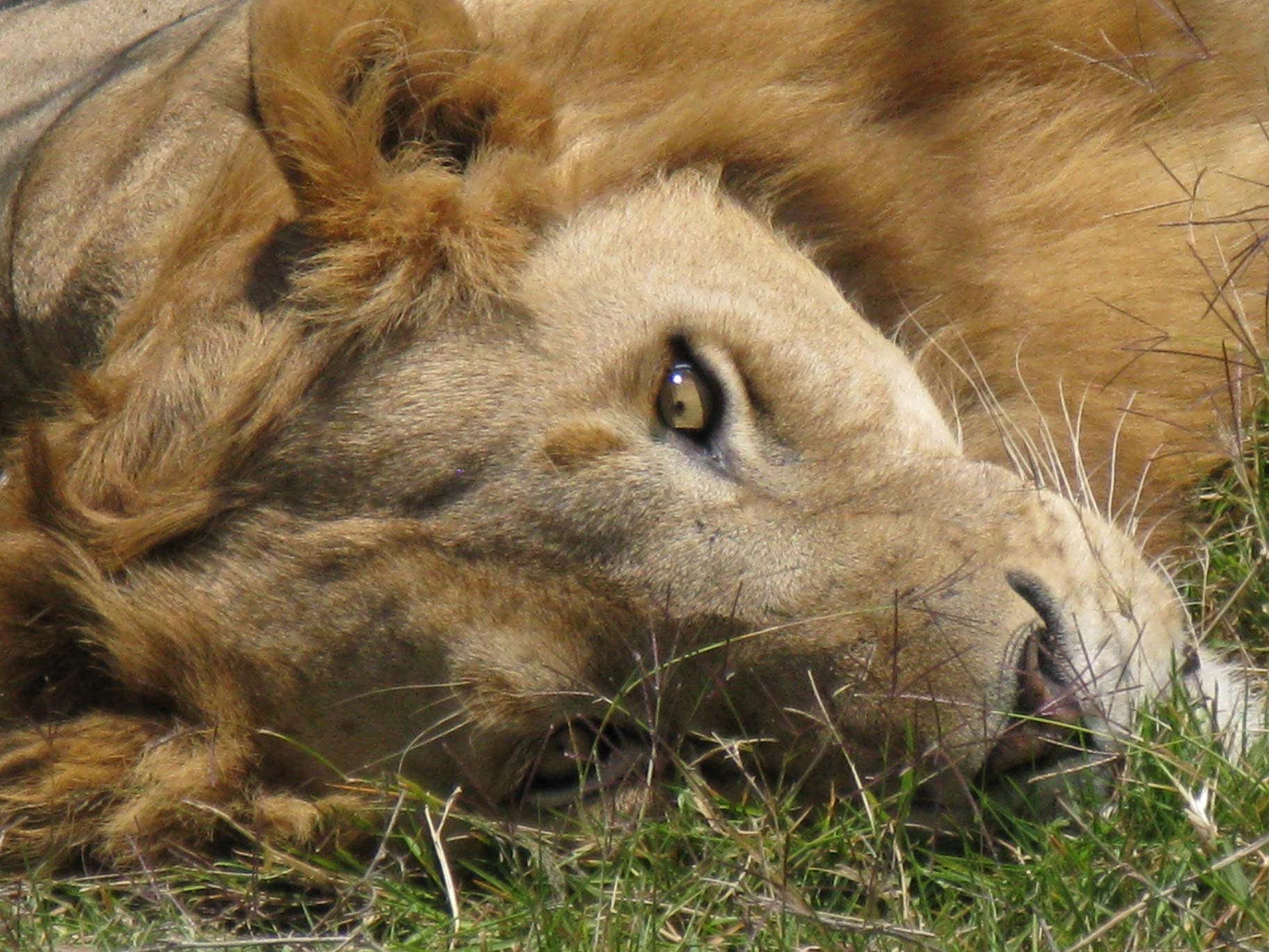The African Lion (Panthero Leo) is the second largest cat after the tiger and exists almost exclusively in the continent of Africa in countries such as Kenya, South Africa and Tanzania where I photographed them over a three year period. A small population of about 200 lions exist in Gujarat, India’s Sasam-Gir National Park created originally to protect this species. West Africa and Central Africa have significantly less lions versus eastern Africa.
The African Lion is seriously endangered today since less than approximately 32,000 now remain out of 100,000 plus which lived in Africa in the 1960s. The International Union for Conservation of Nature and Natural Resources estimates that over the past two decades the lion population has declined overall 30% approximately.
Poaching, trophy hunting, habitat loss, human population growth, conflict with humans and livestock, and the illegal trade of endangered species has contributed to the dramatic decline of African lions on their home territory of the savannahs.
African lions are considered to be the most social of the big cats and live together in groups known as “prides.” The females do most of the hunting while the males protect the territory from other lions and animals. As carnivores, males weigh between 330 to 550 pounds and females weigh between 260 and 400 pounds. Head to body length ranges from 4 1/2 to 6 1/2 feet long with tails measuring 26 1/4 ” to 39.5″ long.
The African Wildlife Foundation, World Wildlife Fund, National Geographic Society and the International Union for Conservation of Nature and Natural Resources are among some of the leading global organizations advocating for protection and survival of Africa’s lions.
_______________________________________________________
FAVORITE PHOTO – The opening photo of the portfolio of eye to eye encounter with the awakening lion by the riverbank is an intense photographic experience acting as the ultimate personal metaphysical connection with a wild animal It is a rare moment suspended in time because you wait what seems like eternity during photographic journeys to discover this level of connection in the wild. Very often it never happens, or it takes years to have this wilderness epiphany.
When it occurs, it is a magical and mystical trans-formative revelation impossible to express verbally when you are actually experiencing that visual communion in their natural habitat, and above and beyond the lens that is between you and the subject. Reading Charles Darwin’s “The Expression and the Emotions of Man and Animals” gave me the heart and imagination at an early age to discover this type of wild communication. Born in an urban jungle, how blessed could a city girl get! This image is my thank you to Jane Goodall and Margaret Mead, Aesop’s Fables and adventurous Alice In Wonderland.
Ⓒ Suzanne Vlamis Photography

